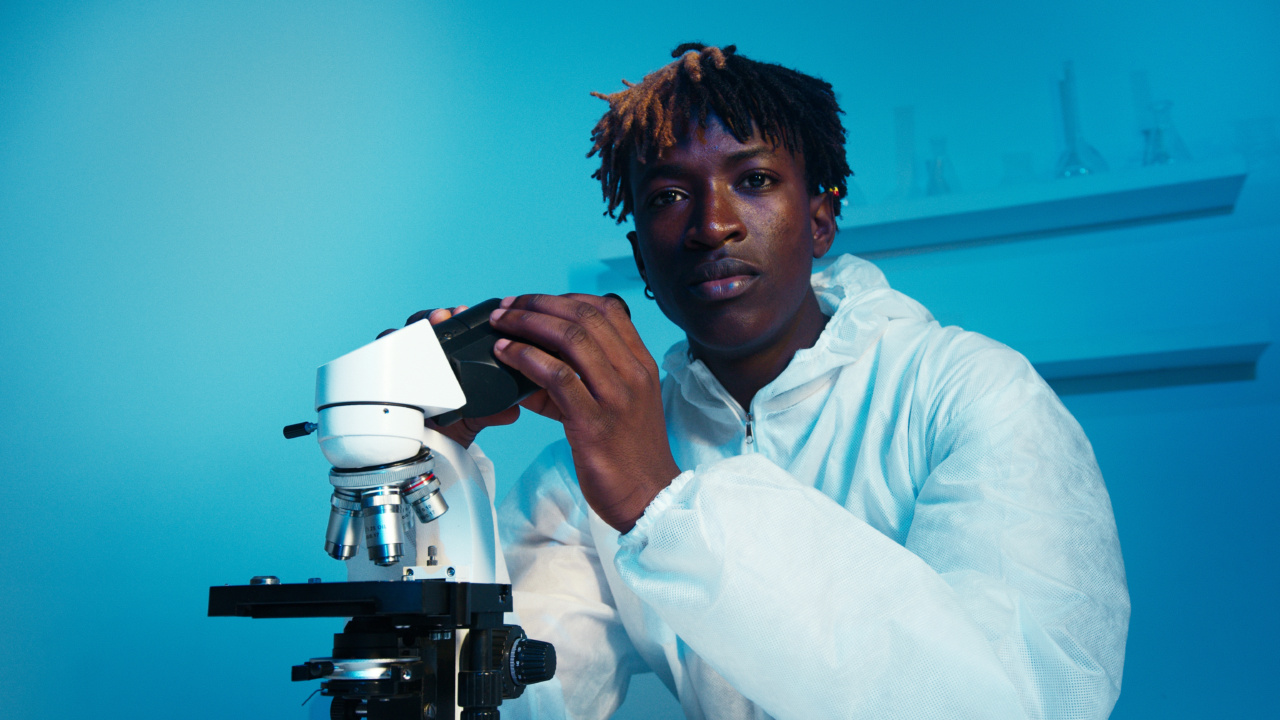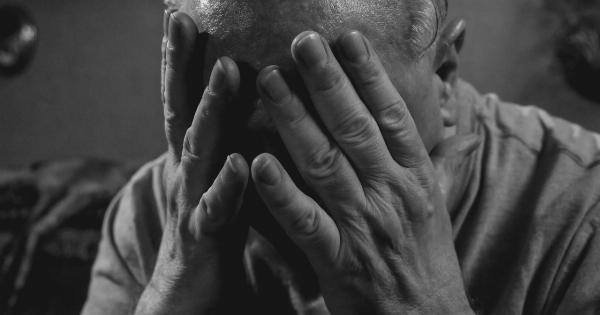Male genital health is an essential aspect of overall well-being and sexual satisfaction. While many may hesitate to discuss this topic openly, understanding the various conditions that can affect male genitalia is crucial.
One such condition is known as Penis Deformity Disorder (PDD). This article aims to examine PDD, its causes, symptoms, diagnosis, treatment options, and preventive measures.
1. Understanding Penis Deformity Disorder (PDD)
Penis Deformity Disorder, also referred to as penile deformity, is a medical condition characterized by various abnormalities in the shape, size, or structure of the penis.
These abnormalities can affect the appearance of the penis, potentially causing functional impairments or psychological distress for the affected individuals.
2. Causes of Penis Deformity Disorder
Penis Deformity Disorder can stem from a variety of causes, including:.
a) Congenital conditions: Certain individuals may be born with conditions that affect penile development, such as hypospadias (a condition where the opening of the urethra is located on the underside of the penis) or epispadias (a condition where the opening of the urethra is located on the upper side of the penis).
b) Trauma: Injuries to the penis, such as penile fracture or severe bending, can lead to deformities. These injuries are typically caused by accidents, sexual activities, or vigorous handling.
c) Peyronie’s disease: Peyronie’s disease is a condition characterized by the development of scar tissue (plaques) within the penis.
These plaques can cause the penis to bend or curve during an erection, potentially leading to discomfort and difficulties during sexual intercourse.
d) Other factors: Certain lifestyle factors, such as excessive alcohol consumption, smoking, or drug abuse, can contribute to the development of penis deformities or disorders.
Additionally, some medications or medical treatments may also play a role in causing deformities.
3. Symptoms and Signs of Penis Deformity Disorder
The symptoms of Penis Deformity Disorder can vary depending on the specific condition or abnormality present. However, common signs and symptoms include:.
a) Abnormal curvature: A noticeable bend or curve in the penis, especially during erections.
b) Pain or discomfort: Some individuals may experience pain or discomfort during sexual activities, erections, or even while at rest.
c) Difficulty with sexual intercourse: Deformities can make sexual intercourse challenging or even impossible due to pain, inadequate penetration, or difficulties achieving/maintaining an erection.
d) Psychological distress: Penis deformities can lead to feelings of embarrassment, anxiety, or decreased self-confidence.
If you experience any of these symptoms, it is essential to consult a healthcare professional for a proper diagnosis and guidance.
4. Diagnosis of Penis Deformity Disorder
To diagnose Penis Deformity Disorder, healthcare professionals will typically:.
a) Medical history assessment: The doctor will inquire about your medical history, including any previous injuries, surgeries, or underlying medical conditions.
b) Physical examination: A physical examination of the penis will be conducted to assess any physical abnormalities, curvatures, or signs of scar tissue formation.
c) Diagnostic tests: In some cases, additional tests like imaging studies, such as an ultrasound or X-ray, may be performed to gain further insights into the penile structures and rule out other potential causes of the deformity.
It is crucial to be honest and open during the diagnostic process to ensure an accurate diagnosis and appropriate treatment plan.
5. Treatment Options for Penis Deformity Disorder
The treatment options for Penis Deformity Disorder will depend on the specific condition and the severity of the deformity. Some common treatment approaches include:.
a) Non-surgical interventions: In mild cases, non-surgical interventions such as medication, physical therapy, or the use of assistive devices may be recommended.
These interventions aim to alleviate symptoms, reduce curvature, and improve sexual function.
b) Surgical options: Surgical interventions are typically considered for more severe cases or when non-surgical approaches do not provide adequate relief.
Examples of surgical procedures for penis deformities may include plication (shortening the longer side of the penis), grafting (using tissue grafts to straighten the penis), or implantation of penile prostheses.
c) Counseling or therapy: Psychological support, counseling, or therapy may be beneficial for individuals experiencing psychological distress due to the deformity.
These interventions help address any self-esteem, body image, or relationship issues associated with the condition.
The choice of treatment will be determined by the healthcare professional in consultation with the patient, taking into consideration the specific needs, preferences, and overall health of the individual.
6. Preventive Measures for Penis Deformity Disorder
While not all instances of penis deformities can be prevented, certain measures can help minimize the risk. These preventive measures include:.
a) Practicing safe sex: Using condoms and engaging in safe sexual practices can reduce the risk of penile injury, trauma, or sexually transmitted infections that may lead to deformities.
b) Avoiding excessive force: Care should be taken to avoid excessive bending, stretching, or trauma to the penis during sexual activities or other physical actions.
c) Seeking prompt medical attention: In cases of penile trauma or injury, it is crucial to seek immediate medical attention to prevent further complications and potential deformities.
d) Leading a healthy lifestyle: Maintaining overall good health through regular exercise, a balanced diet, and avoiding harmful habits like excessive alcohol consumption or smoking can contribute to better penile health.
Conclusion
Penis Deformity Disorder (PDD) can significantly impact a man’s physical and psychological well-being.
Understanding the causes, symptoms, diagnosis, treatment options, and preventive measures associated with PDD is essential for those experiencing deformities or concerned about their genital health. If you suspect any abnormalities or experience distress related to the appearance or function of your penis, consulting a healthcare professional is crucial to receive the necessary support and appropriate medical care.






























